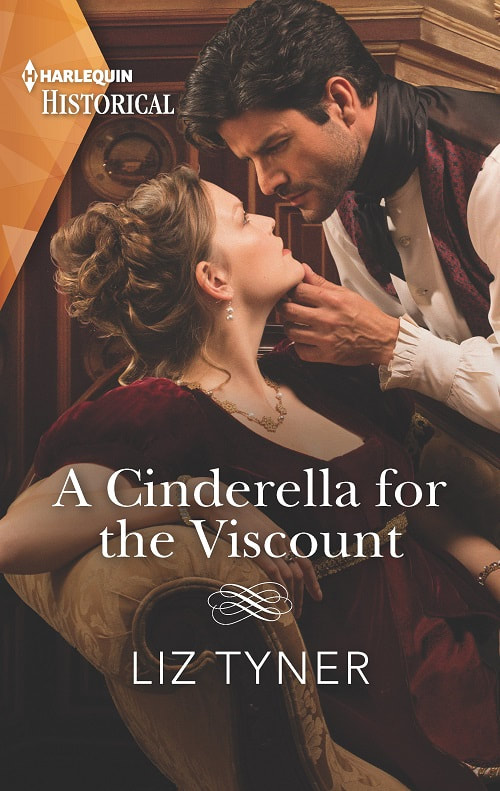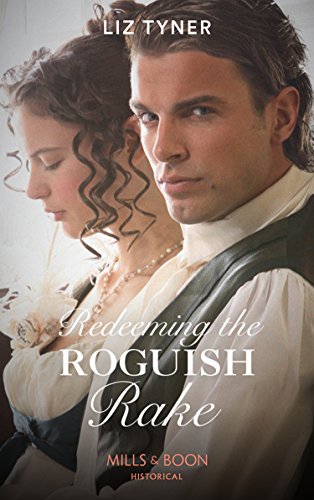
In 1811, King George III was having cognitive issues, so his son was put in charge, but the Prince wasn’t yet George IV because his father was still alive. To solve the problem, he became the Prince Regent, and the era later became known as the Regency, much like Queen Victoria’s long reign became the Victorian Era.
During the Regency, London was the place to be for approximately 10,000 people of the upper class who could patron some of the best artists and eat the finest meals of the day. For the future George IV, champagne for breakfast wasn’t unheard of.
At that time, Harriette Wilson was gathering information for her scandalous memoirs, and Jane Austen finished her writing career. Washington Irving had memories of a heart-warming Christmas—although Londoners hadn’t yet embraced the custom of decorating trees.
Beau Brummel was being particular about keeping his clothing impeccable and had a bathing area in his house. The Prince was said to be quite fastidious in his personal care.
The modern conveniences we have today probably weren’t missed much by the upper class. After all, servants did the washing and scrubbing, ran to the shops, and delivered messages.
Medical care wasn’t even what we would call marginal. The smallpox vaccine had been tested in the late 1700’s, but a doctor might still insist on blood-letting. Laudanum was over-the-counter from the apothecary, but a healthy immune system was a must for survival.
Infant mortality was high and childbirth was risky. Mary Shelley’s mother had died giving birth to her about 18 years earlier, and the author of Frankenstein was writing away indoors in 1816 because a volcano eruption had caused the “the year without a summer.”
Punishments were harsh according to Old Bailey court records, but some accounts say many of those sentences were later reduced. Poverty drastically touched the lives of many of the million or so inhabitants who weren’t fortunate enough to be in the upper class or close enough to escape the harshest environs.
That harshness contrasted with the craftsman quality the rich enjoyed and increased my interest in history. I’m satisfied to read about the past, and not at all interested in living in a time without hot and cold running water—and a servant running with the hot or cold water doesn’t count as luxury to me.
Check my Pinterest page for (mostly) images of portraits from the Regency timeframe. The likenesses of Napoleon and Wellington gave me a different perspective of the two adversaries.
https://www.pinterest.com/liztyner1/art-from-the-past/
Or for video about the time:
https://www.youtube.com/watch?v=zjtL3VwPXlA
Photo above from Fotolia. The Pavilion at Brighton.


















 RSS Feed
RSS Feed

